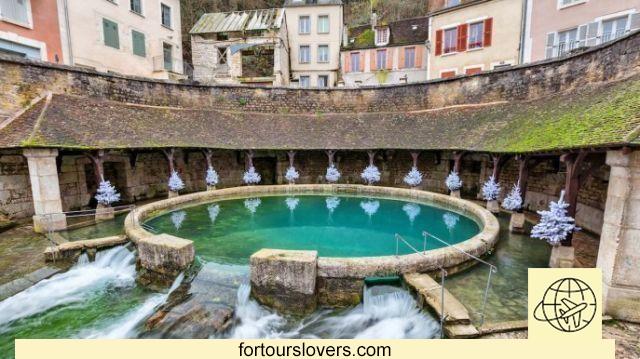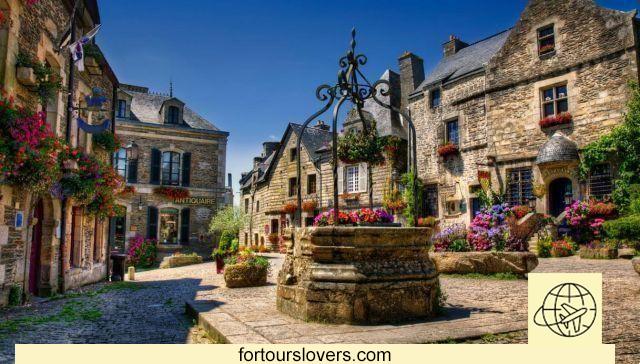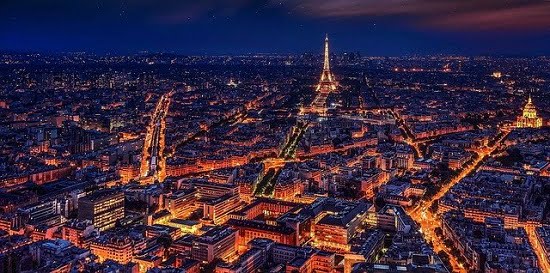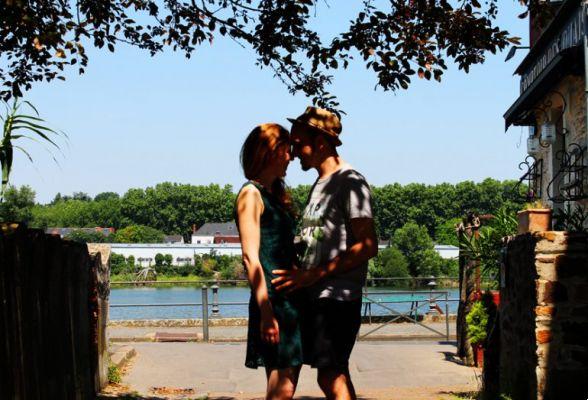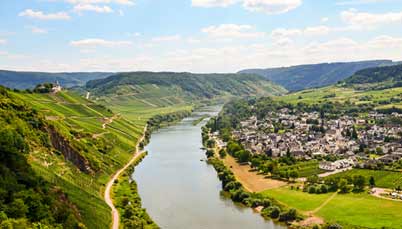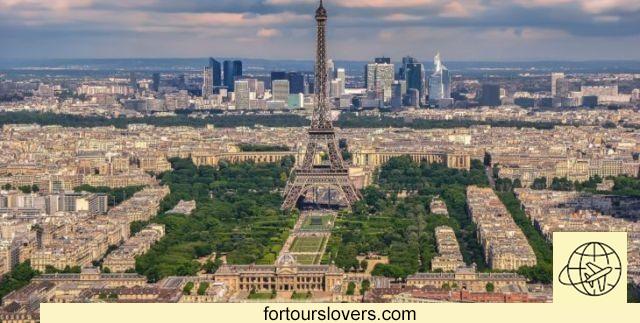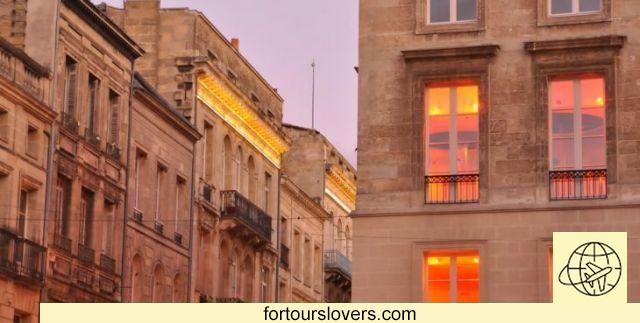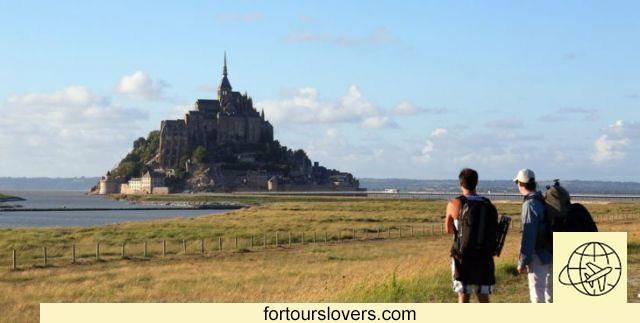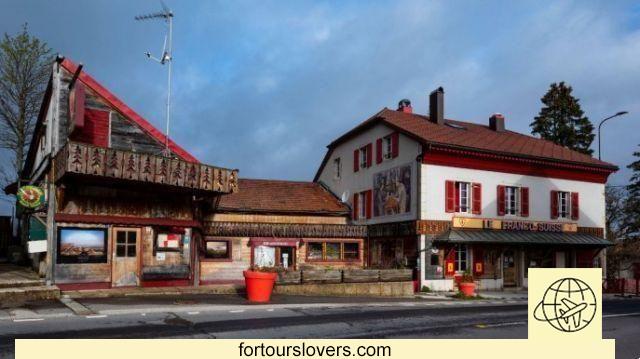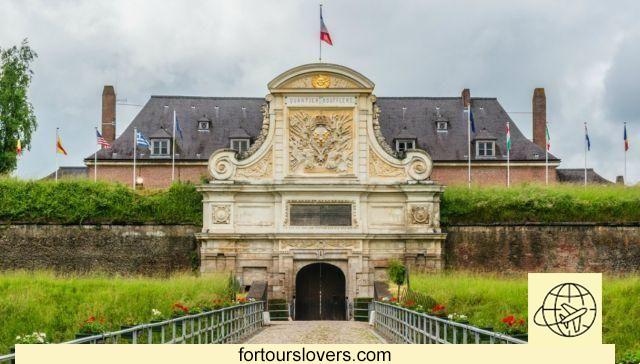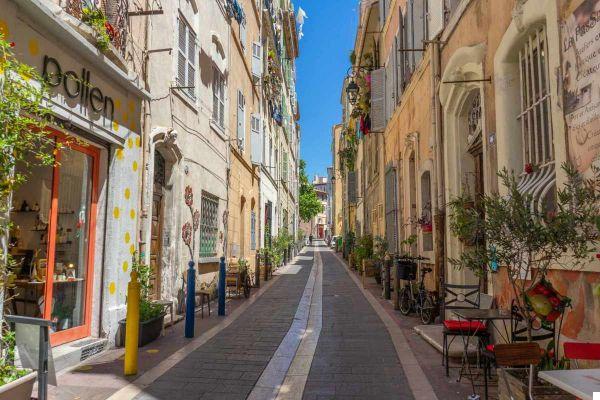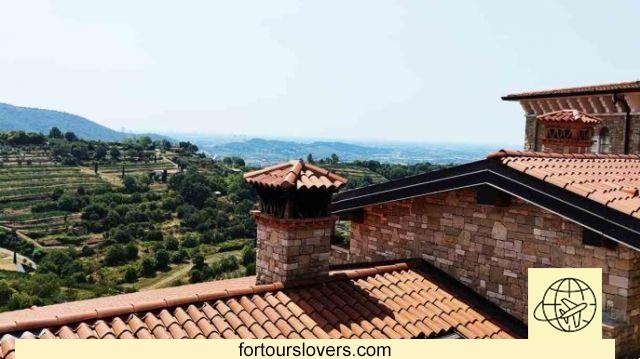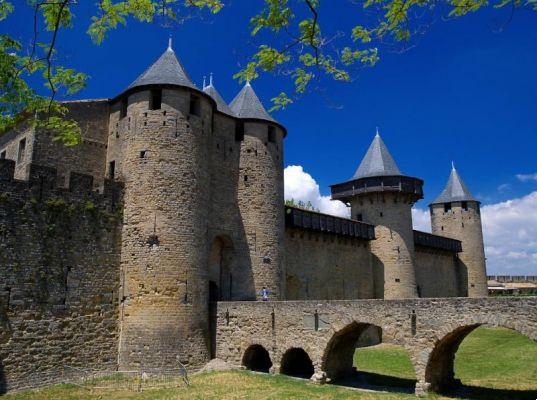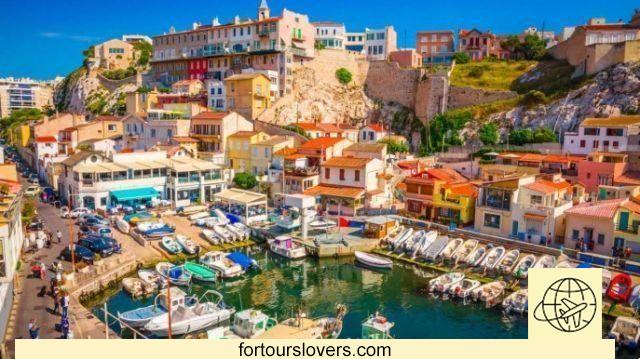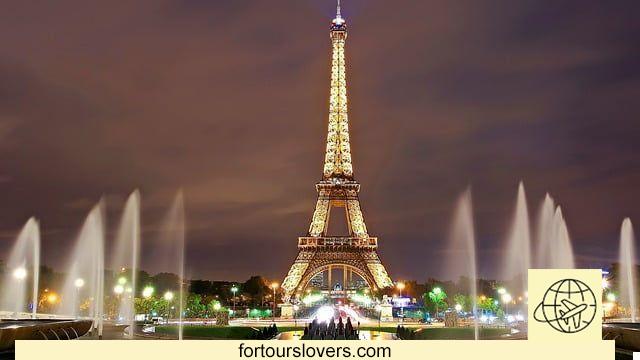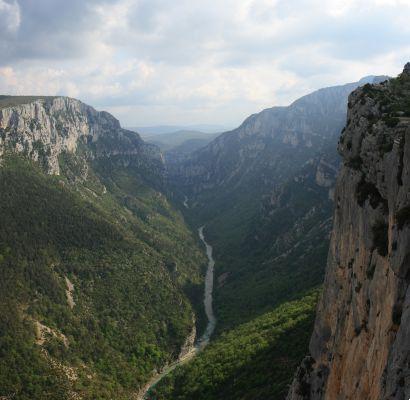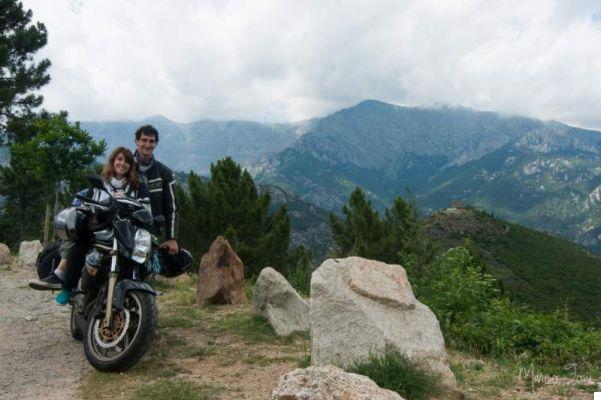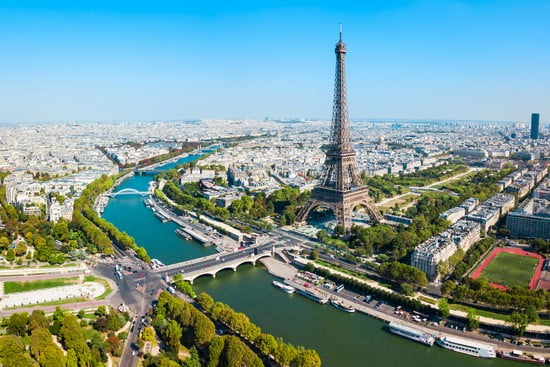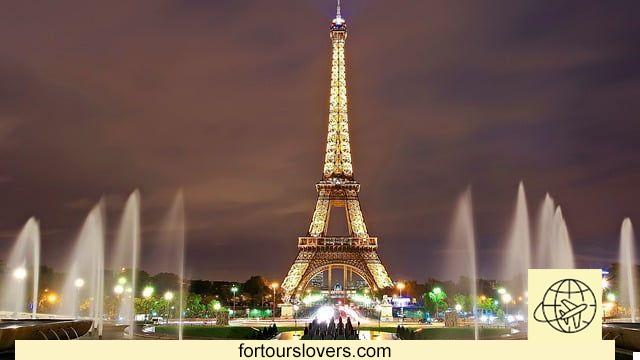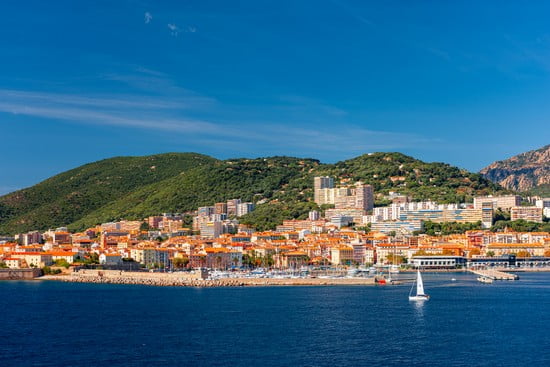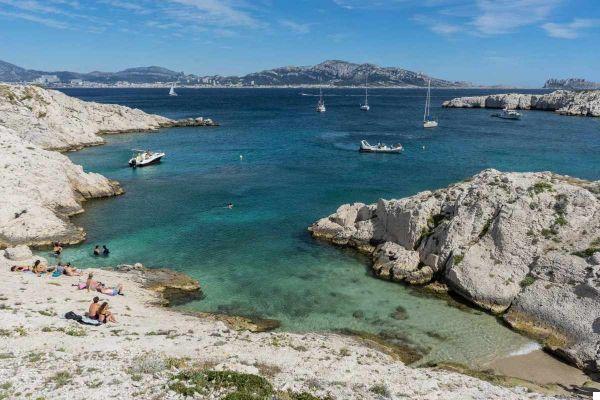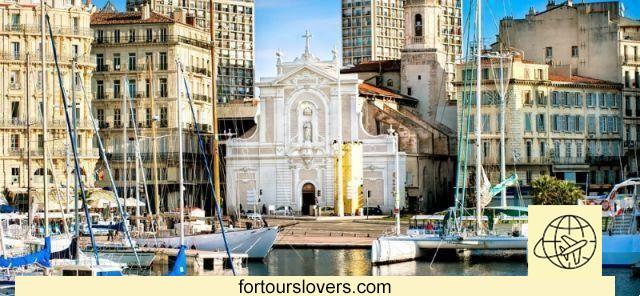
A visit to Marseille, starting with the Old Port and its oldest neighborhoods, passing through shopping streets, museums and multipurpose centers.
MarseillesMulticultural and multiethnic, it is the most cosmopolitan and Mediterranean city in France, the first French port and one of the main ones in the Mediterranean. The brilliance that exalted the city as the European capital of culture in 2013 has not faded, on the contrary, it has continued and been consolidated, and now Marseille continues to attract tourists with its welcoming and well-equipped beaches, from Cassis to Bandol, and the wild sea of the Frioul islands. I'm good 111 neighborhoods Altogether, the "world city" - as its inhabitants define the urban fabric - make the charm of Marseille and its surroundings irresistible.
Our visit to Marseille begins from its beating heart, that is, the Puerto Viejo, a lively quadrangle overlooking the sea, enlivened by warm pastel-coloured buildings and the many boats moored in the harbour, where a picturesque fish market is also held every morning. From approximately 160 meters above sea level, the highest point of the city, benevolently watching over the scene, the Marseillais and their guests, Notre-Dame de la Garde, a neo-Byzantine style basilica, dedicated to the protector of sailors . and built, in its current appearance, in the mid-XNUMXth century.
In 2013, the old port area was the subject of major remodeling works, the symbol of which is undoubtedly architect Norman Foster's mirrored shelter, a striking 46 by 22 meter mirrored stainless steel roof, designed to invert the point of view of visitors, giving life to new and unusual perspectives. city views. Then, around the port there are small streets full of workshops of young creatives, artists and designers where you can easily make original purchases.
You can continue shopping, moving from the Old Port and walking down the street Canebiere, the commercial street par excellence, inaugurated in 1666 during the expansion of the city desired by Louis XIV. The kilometer-long artery heads towards the Réformés neighborhood and owes its name to the Provençal "canabe" or "canebe" because it connected the port with the fields of hemp, a fiber used to produce harnesses and ropes. Around Canebière there are colorful local markets, such as the Marché de Noailles, where vegetables, fruits and fresh fish are sold.
Other curiosities and shopping opportunities can be found at Car, the oldest neighborhood in Marseille (its vestiges date back to 600 BC), hidden in the north, behind the old port and refuge in the past for immigrants and sailors from all over the Mediterranean. Redeveloped and relaunched at the end of the nineties, today it is one of the most characteristic and lively spots in the city. Provencal craft workshops and shops enliven its silent streets and attract tourists. Also in the area, the Undartground (21 rue des Repenties) attracts with its original objects for sale and the colorful murals on the façade.
in the neighborhood La Joliette, the business area of Marseille, are the Docks, the city's former warehouses, which after a rapid remodeling have become the meeting point between the urban and maritime soul of the Marseillais: the basement of existing buildings It becomes an open system that, through penetrations, transparencies and new relationships, extends to the sea. The result is a spectacular set of glass, iron and masonry buildings, a kind of open space of the city in which commercial areas, restaurants, artistic and cultural spaces are concentrated.
Museums are undoubtedly one of the strong poles of interest and attraction that Marseille exerts on its visitors. The first of them is him mucem, Museum of European and Mediterranean Civilizations, a parallelepiped of stone, glass and concrete, designed by Rudy Ricciotti, located in the Vieux Port area. Inside is the Galerie de la Méditerranée, a semi-permanent exhibition space that reconstructs the history of Mediterranean civilization starting from the Neolithic.
Il Museum of Mediterranean Archeology (2 rue de la Charité) presents an important section dedicated to the minor arts of ancient civilizations, with bronze, glass and terracotta objects. In the same building there is also the Museum of African, Oceanic and Amerindian Arts where precious ritual objects from Black Africa are kept. In the Museum of Fine Arts, in the Longchamp Palace (7 rue Edouard Stephan) you can admire paintings by Rubens, Perugino and Courbet. Finally, you should not miss La Friche Belle de Mai (41 rue Jobin), a former cigarette factory and now a center for contemporary art.
Bordering the city of Marseille, to the southeast, there is a strip of coast about twenty kilometers long where coves of white rocks submerge in the crystalline sea: they are the coves, rich in flora and fauna, oases that cannot be reached by car. except in some places. The tourist cannot miss this wonderful glimpse of nature and the best way to get there is by booking a boat excursion departing from the old port from where you can also leave to reach the Castle of If, in the blue of the Islas Frioul in front of the city, where Alexandre Dumas Sr. imprisoned Edmond Dantès and Abbot Faria, the characters of his masterpiece, The Count of Monte Cristo.




